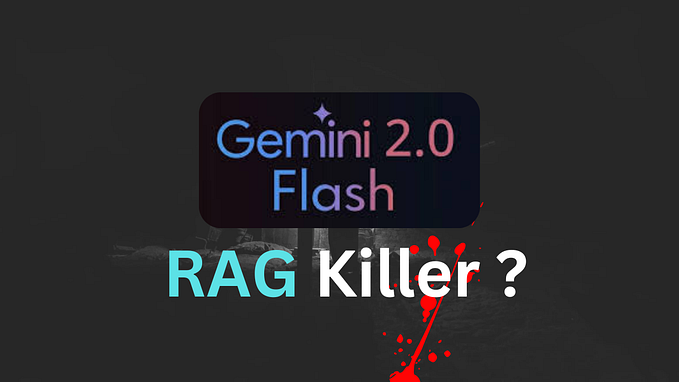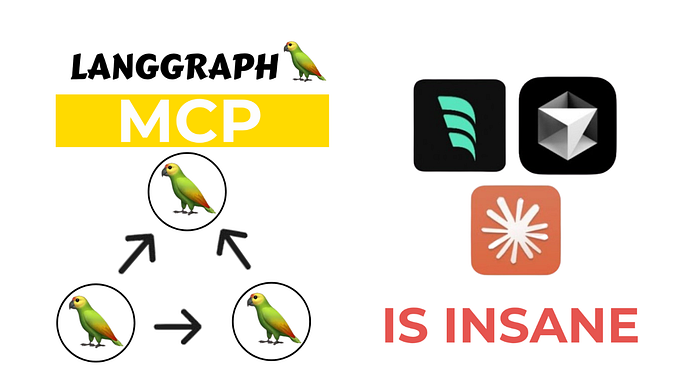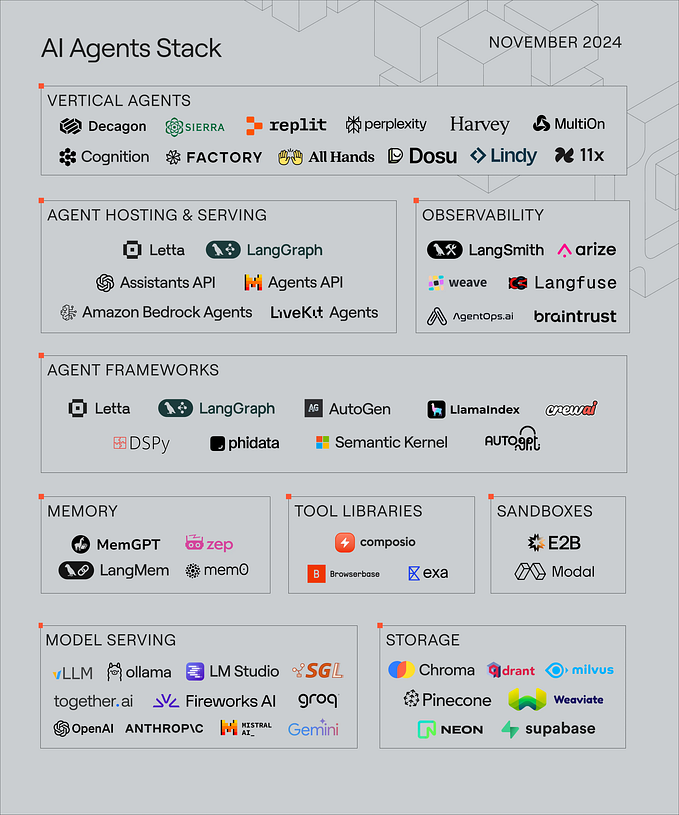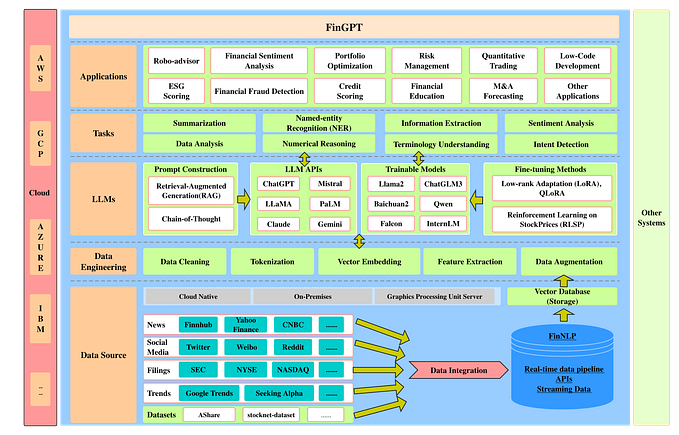Capture AI’s Low-Hanging Fruit with Agents

As a product manager at Procore building our recently announced Agent Platform, I spend my days exploring how AI can transform the construction industry. During countless conversations with product teams, one question consistently emerges: “What’s the low-hanging fruit we can tackle with AI and Agents?” Let me share what I’ve learned from these discussions and our early implementations.
The Value-Effort Sweet Spot
Before diving into specific patterns, let’s talk about what makes an ideal first AI project. We’ve found the most successful initial implementations share these characteristics:
- Clear input/output contracts
- Existing examples of “good” output
- There is a need to understand or generate unstructured data
- Human validation points
Top use cases delivering high-value and low-risk:
Asset Drafting: From Blank Page to First Draft
LLMs are non-deterministic, but able to rapidly generate text based on previous examples and a seed for the new text. This makes it an excellent fit for creating drafts or templates of assets like documents, RFIs, workflows, schedules, etc. The Agent can use good and bad examples of the particular asset to help it create a quality draft. In some cases, the asset will have a well defined schema. In this case, the agent may only need that output schema defined.
This approach also ensures a human is in the middle. The draft or template can be reviewed, corrected, and embellished by someone to get it completed.
Ask a Document: A Subject Matter Expert
This is a popular use case for Large Language Models (LLMs). It is relatively easy for an agent to reference a single document and then allow people to chat with the document. They can ask questions or details about the document. A typical example in the construction industry is using the Standard Operating Procedures (SOP).
Report Generation: Automation with Intelligence
An Agent can be directed to an example report and a set of data to create a new report. With that, the agent can easily create a new report, in the style of the original, but based on the new data. Further, this agent can be triggered on a schedule, so perhaps every Sunday evening it will generate a safety report based on the past week’s incidents.
Housecleaning: Smart Project Organization
Projects naturally accrue digital clutter. An agent can discover outdated or duplicate documents and ask a human if they would like to clean it up (delete).
Data Migrations: Smooth Transitions
Projects frequently need to move documents from one format to another or those formats may evolve over time (updating versions, new features, etc.). An agent can help migrate that data based on examples. The new version should be reviewed by a human to ensure accuracy. Note: summarization and categorization can be considered special cases of data migrations.
Security or Compliance Checks: Automated Vigilance
Similar to Housecleaning, Agents can be invoked when new assets are created or updated. That agent can then review the Asset to ensure it is abiding by security guidelines or standard operating procedures (SOP). A common example is that any time a new RFI is created, the agent will review it and ensure it follows all the rules outlined in the SOP. If it does not, it will return the RFI to the author which will also kick off a workflow to notify interested parties.
Conclusion
Look for patterns with clear inputs/outputs, leverage the ability to understand and generate unstructured data, and keep humans in the loop. With this approach and implementing the patterns above, you can immediately capture value with AI. The key is starting small and focusing on well-defined tasks. By implementing just one of these patterns, you can demonstrate the practical value of AI while building confidence for more ambitious applications.
What’s your first AI implementation going to be?








